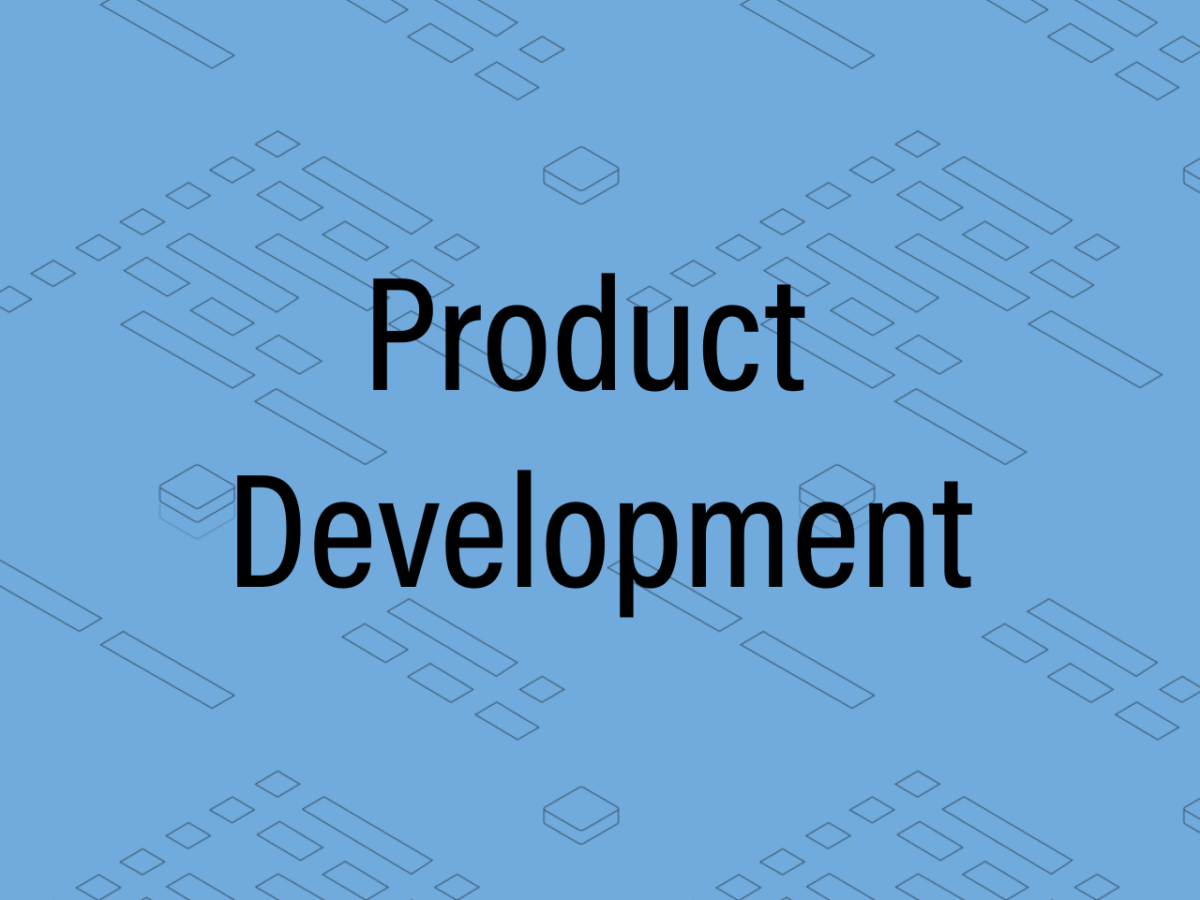Product Development
5 Ways to Build Apps Faster While Keeping Costs Down
If you’re like most developers, you don’t have the freedom to spend as much as you want or take as long as you want to bring an app to market. Whether you work for a startup or a large enterprise, you’re likely committed to figuring out how to move fast while keeping costs down.
From adopting an MVP mentality to leveraging pre-built components, these five best practices will help you speed up the development process and save you money in the process.
13 February 2023
by
Crowdbotics
1. Set Your Budget & Timeline
Setting a budget and timeline before you start the process of developing your app is crucial. To build efficiently, you need to know exactly how much money you’ll spend and how much time it will take to bring your idea to life.
When setting a timeline, think about the scope of your project, the complexity of the features you want to include, and the availability of your development team. A relatively simple app can be developed in as little as two months of work before you can bring it to market. A much more complex and custom app can take nine months or more to build.
When setting a budget, think about the complexity of your app, the core features you want to include, and the development resources you have on hand. You should also take time to understand how much money your new application will make or save you once it’s live. A simple application can cost as little as $5,000 to build. A complex application with many custom features or compliance requirements can cost $100,000 or more to create.
Want to get a better idea of how much your app will cost to build? Use our free Cost Estimator Tool.
2. Interview End Users
Before deciding which features to include in your application, you should consider spending time talking to customers or prospects first. Your goal with these conversations is to better understand the biggest pain points and needs found among your ideal users.
The information you gather in these interviews can help you validate your ideas, determine the feasibility of your project, and decide which features should be prioritized in the first release of your application.
The worst mistake you can make is to develop an application that no one actually wants or needs. Interviewing customers or potential users can help you feel more confident that you’re not wasting time and money building features that no one really cares about. It can also help ensure that you’re marching toward building an app that has product-market fit.
READ: 12 Things About Product-Market Fit from a16z
3. Adopt an MVP Mentality
It can be tempting to want to build an app that includes every idea you can think of and solves every pain point your customer has mentioned, but doing so can take a lot of time, money, and effort.
If you want to cut costs and bring your app to market sooner, you need to build a Minimum Viable Product, otherwise known as an MVP. An MVP includes only the core features of your app and is designed to solve the most pressing problems of your target audience.
An MVP also helps you gain insights about your app and users sooner. By getting a working product in the hands of users as quickly as possible, you can validate your assumptions and make any necessary changes before committing to a full-fledged app.
4. Design Wireframes in Figma
Most designers don’t develop apps, and most developers don’t design them. These two teams use different tools, follow different workflows, and report to different managers. To turn design specs into a functioning UI, a designer must hand visual design files to a developer and provide constant guidance as the developer converts those designs into code.
This is typically where the process tends to break down during the development process, which can have a big impact on everyone’s ability to meet the timeline you set.
By using a cloud-based wireframe collaboration tool like Figma, you can make this design-to-development process more seamless for both teams.
5. Use a Low-Code Platform That Offers Pre-Built Components
Too many would-be innovators never bring their ideas to life because they believe apps have to be built completely from the ground up.
The good news is that apps no longer need to be built from scratch. Low-code platforms like Crowdbotics have changed the way apps are being built and made it much easier, faster, and more affordable for businesses.
One of the ways Crowdbotics makes it easier and faster for people to build apps is by giving them access to a large library of pre-built components, otherwise known as modules. These pre-built components make it so that developers don’t have to waste time or money building common features that show up in every app, like login experiences and account profiles.
We even take it one step further by offering pre-built components for features that show up in industry-specific apps, like menus for food delivery apps or appointment scheduling for healthcare apps.
When you have access to pre-built modules like these, you can spend more time and money building the unique features that set your application apart from the competition.
Build Faster & Save Costs with Crowdbotics
Are you ready to take your great idea and transform it into a market-ready app? Reach out to the Crowdbotics team and tell us about the app you’d like to build.

